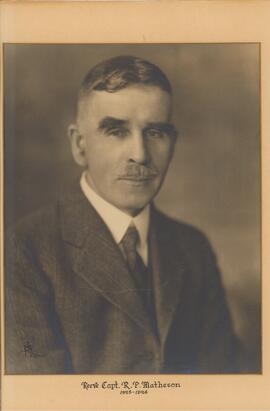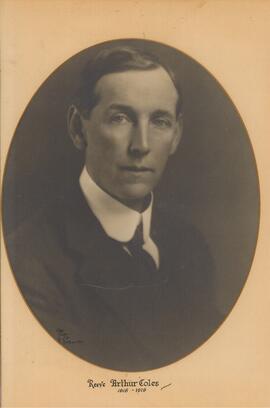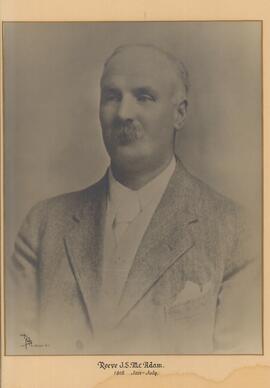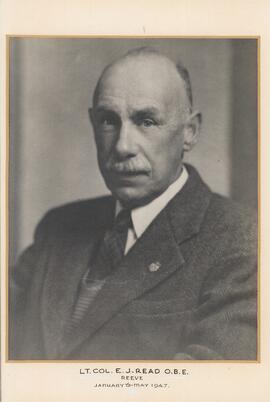Área de identidad
Código de referencia
Título
Fecha(s)
- 1912- (Creación)
Nivel de descripción
Volumen y soporte
approx. 25m of textual records, photographs and other material.
Área de contexto
Nombre del productor
Historia administrativa
The geographic area now known as Esquimalt was home to Indigenous peoples approximately 4000 years before the arrival of Europeans. The Songhees and Esquimalt First Nations, part of the Coast Salish language group, have occupied the territory, where the Township of Esquimalt and City of Victoria are now located. The word Esquimalt is a transliteration of "Ess-whoy-malth," a phrase usually translated as "place of the shoaling waters."
Esquimalt possesses one of the finest, natural harbours on the west coast, and this fact was not lost on the Royal Navy, who established their Pacific Headquarters there in 1865. When the Royal Navy abandoned the naval base in 1905, it was revived in 1910 as the West Coast base for the newly created Naval Service of Canada [renamed the Royal Canadian Navy in 1911] and continued to play an important role – along with the Military – in the life of the community.
In 1912, the Esquimalt Village was a bustling commercial centre with hotels, general stores, Chinese laundries and machine shops surrounded by houses. In the District, Hudson’s Bay Company property was subdivided and sold, with new houses appearing throughout the area. The District of Esquimalt was defined in the letters patent signed August 15, 1912 and incorporated September 1, 1912, with the municipality to be called the Corporation of the Township of Esquimalt. Charles H. Lugrin was acclaimed as the first Reeve. One of the first items tackled by the new Council was the installation of a modern sewerage system.
Shipbuilding and repair, the major industry since 1893, continued its role as a major employer throughout the First World War, with major expansion taking place during the Second World War when Yarrow’s Shipyard built new ships for the Royal Canadian Navy and the Canadian Merchant Marine Service. Esquimalt became a focal point of activity during the Second World War, with Pacific Command Headquarters set up at Work Point Barracks. At one point, these staging grounds held 10,000 troops and officers training before deployment. The Old Esquimalt Village was expropriated in 1941 as well as property in the Naden area when more space was needed to enlarge the military barracks.
In the post war era a light industrial zone was established in the eastern part of the municipality where access to the railway was established through spur-lines. Recreational facilities, new schools, shopping plazas and commercial development expanded throughout the 1950s to 1970s. Many large homes were lost when their property was sub-divided to build apartment complexes, and single-family residential development took place throughout the Township. Esquimalt today has a healthy mix of commercial, residential and industrial development. The almost 17,000 residents of Esquimalt enjoy a variety of amenities including schools, recreational facilities, library, archives, parks both active and passive, a golf course, beaches and green spaces.
Esquimalt is one of the core municipalities in the Capital Region District. A mayor and six councillors serve the community and Esquimalt is protected by a dedicated Fire Department and by the joint Victoria-Esquimalt Police Department.
Institución archivística
Historia archivística
Origen del ingreso o transferencia
Área de contenido y estructura
Alcance y contenido
Valorización, destrucción y programación
Acumulaciones
Sistema de arreglo
Área de condiciones de acceso y uso
Condiciones de acceso
Condiciones
Idioma del material
Escritura del material
Notas sobre las lenguas y escrituras
Características físicas y requisitos técnicos
Instrumentos de descripción
Área de materiales relacionados
Existencia y localización de originales
Existencia y localización de copias
Unidades de descripción relacionadas
Área de notas
Identificador/es alternativo(os)
Puntos de acceso
Puntos de acceso por materia
Puntos de acceso por lugar
Puntos de acceso por autoridad
Tipo de puntos de acceso
Área de control de la descripción
Reglas y/o convenciones usadas
Estado de elaboración
Nivel de detalle
Fechas de creación revisión eliminación
Created - 2022-02-01










